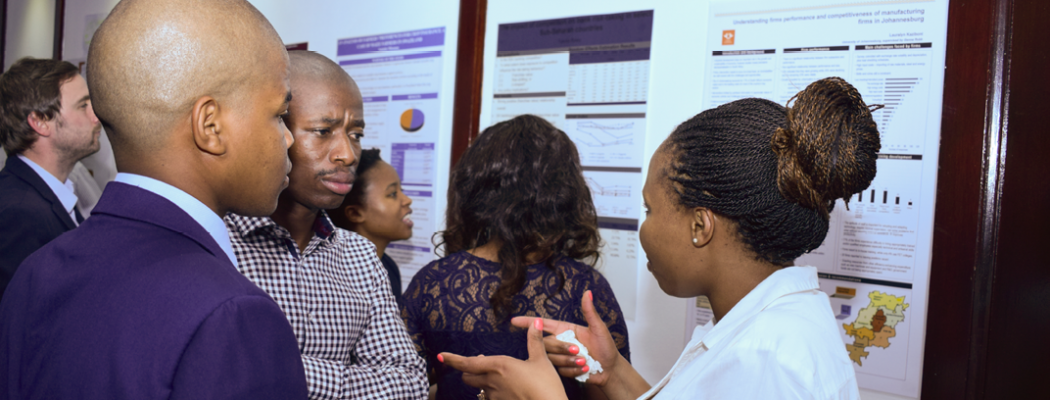Assessing the energy and carbon footprints of exploiting and treating brackish groundwater in Cape Town
Abstract
South Africa has been facing significant challenges in meeting demands in its water and energy sectors in recent years and planning for both sectors has mostly been done separately. The City of Cape Town has started to supplement its dwindling conventional freshwater supplies with groundwater, wastewater and seawater, in light of the drought that commenced in 2015. The Cape Flats Aquifer in Cape Town represents an important resource whose yield could be increased to 85 000 m3/day through artificial stormwater recharge in the Zeekoe Catchment alone. The abstraction and treatment of this water would require significant amounts of energy and thus this paper explores the links between energy usage in the water sector and its carbon footprint. The three alternatives investigated were ‘centralised’, ‘desalination’ and ‘decentralised’ approaches. The former two are centralised treatment mechanisms to produce potable water utilising existing and new treatment infrastructure, respectively, and the latter proposed minimal treatment for non-potable end-users. The energy intensities
of the alternatives were evaluated by identifying energy-intensive components and carrying out a preliminary design of the networks and the required treatment mechanisms. South Africa’s future potential electricity mixes were used to conceptualise the significance of the associated energy demand. The centralised approach’s energy intensity was found to be the lowest of the three, ranging from 1.16 to 1.57 MJ/m3, while those of the decentralised and desalination approaches ranged from 3.57 to 7.31 MJ/m3 and 7.41 to 9.62 MJ/m3, respectively. The Western Cape Water Supply System has an installed capacity of 47.6 MW which could potentially increase by at least 2.7%, 5.7% and 12.3% through the centralised, decentralised and desalination options, respectively. This paper contributes to a growing knowledge on the water–energy nexus in South Africa.
Download the open access journal edition of SA-TIED Working Paper #40 from WaterSA

